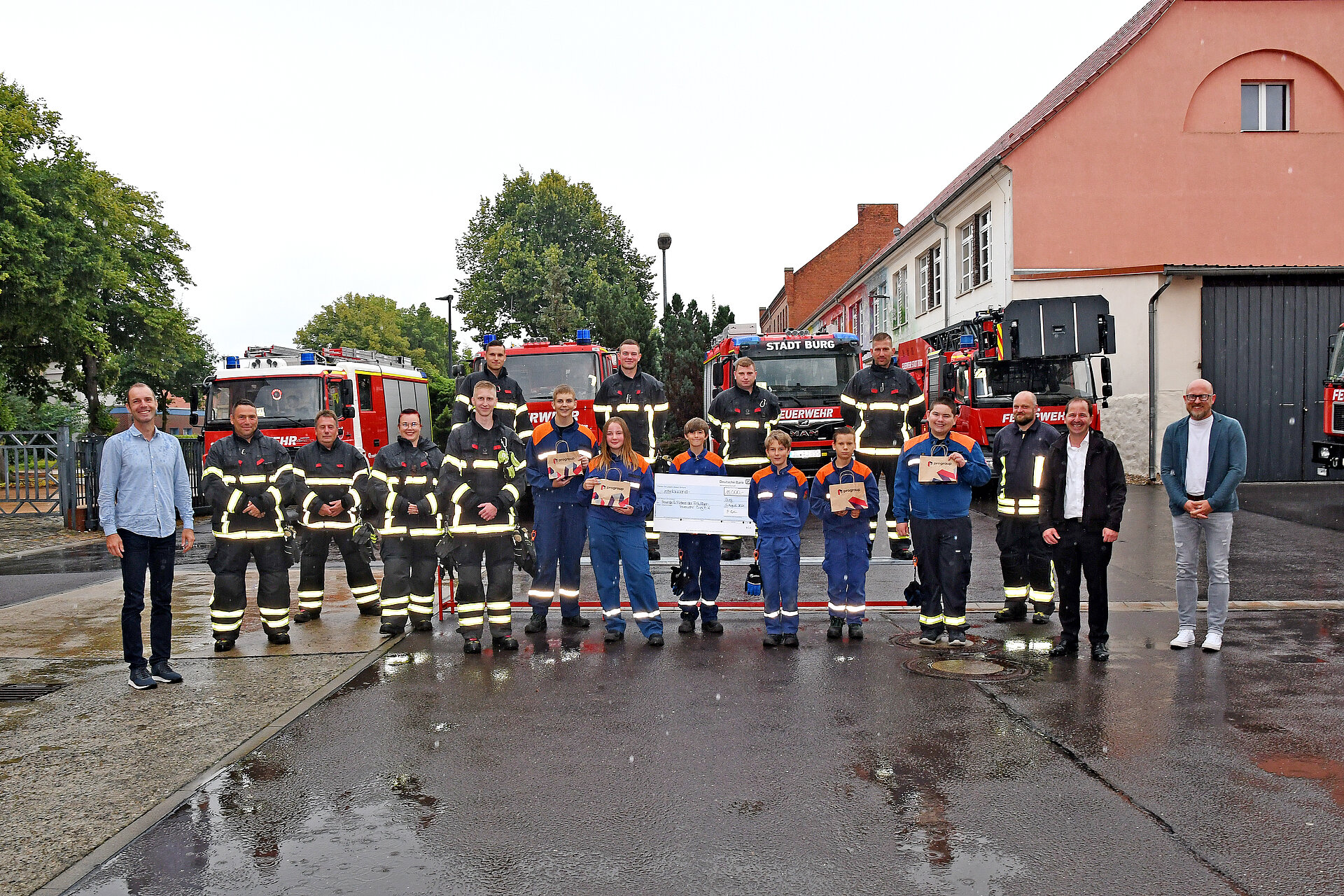ZAPEWNIENIE PRZYSZŁOŚCI, ZRÓWNOWAŻONE DZIAŁANIE
![[Translate to Polish:] Nachhaltigkeit bei Progroup [Translate to Polish:] Nachhaltigkeit bei Progroup](/fileadmin/startseite/Nachhaltigkeit/Website_Header__2_.png)
![[Translate to Polish:] Nachhaltigkeit bei Progroup [Translate to Polish:] Nachhaltigkeit bei Progroup](/fileadmin/startseite/Nachhaltigkeit/Website_Header__2_.png)

Jako atrakcyjny pracodawca nie tylko tworzymy nowoczesne i trwałe miejsca pracy w naszych 20 lokalizacjach w Europie Środkowej, lecz także bierzemy na siebie odpowiedzialność społeczną. Bierzemy udział w życiu publicznym i w projektach na rzecz dobra publicznego. Na poziomie społecznym mocno angażujemy się w kształcenie i dokształcanie dzieci i młodzieży. W celu zwiększenia siły gospodarczej regionów preferujemy współpracę z zakładami rzemieślniczymi z regionu.
![[Translate to Polish:] Ressourcenschonung bei der Papierherstellung [Translate to Polish:] Ressourcenschonung bei der Papierherstellung](/fileadmin/_processed_/2/b/csm_Ploessberg_26Sept2018_A710051_cs-neu_f45105c652.jpg)
Od ponad 30 lat realizujemy strategię Green Hightech i angażujemy się w gospodarkę bezodpadową i obiegową, aby ochronić zasoby.
Podczas produkcji papieru redukujemy ilość zużywanej wody i zastosowanie paliw kopalnych przez własne wytwarzanie energii. Surowce do produkcji papieru na tekturę falistą pochodzą w 100% z makulatury. Produkt końcowy, czyli tektura falista, jest całkowicie przetwarzalny i wraca do obiegu dzięki recyklingowi prowadzonemu przez konsumentów. Ponadto zrównoważone działania w zakresie produkcji i logistyki zmniejszają emisje CO2.
![[Translate to Polish:] Progroup Papierfabrik in Sandersdorf-Brehna [Translate to Polish:] Progroup Papierfabrik in Sandersdorf-Brehna](/fileadmin/_processed_/e/0/csm_progroup_2020-08-24_jensschlueter_2126_463d941efb.jpg)
W lokalizacji Sandersdorf-Brehna zbudowaliśmy jedną z najnowocześniejszych fabryk papieru na świecie. Zgodnie z mottem „Długoterminowe myślenie, zrównoważone działanie“ zainwestowaliśmy tylko w tym miejscu aż 100 milionów euro w zaawansowane, ekologiczne technologie. Zintegrowana stacja uzdatniania wody obiegowej zmniejsza zużycie świeżej wody o 80 procent. Instalacja działa jak biologiczna nerka i oczyszcza wodę technologiczną, co umożliwia jej ponowne wykorzystanie.